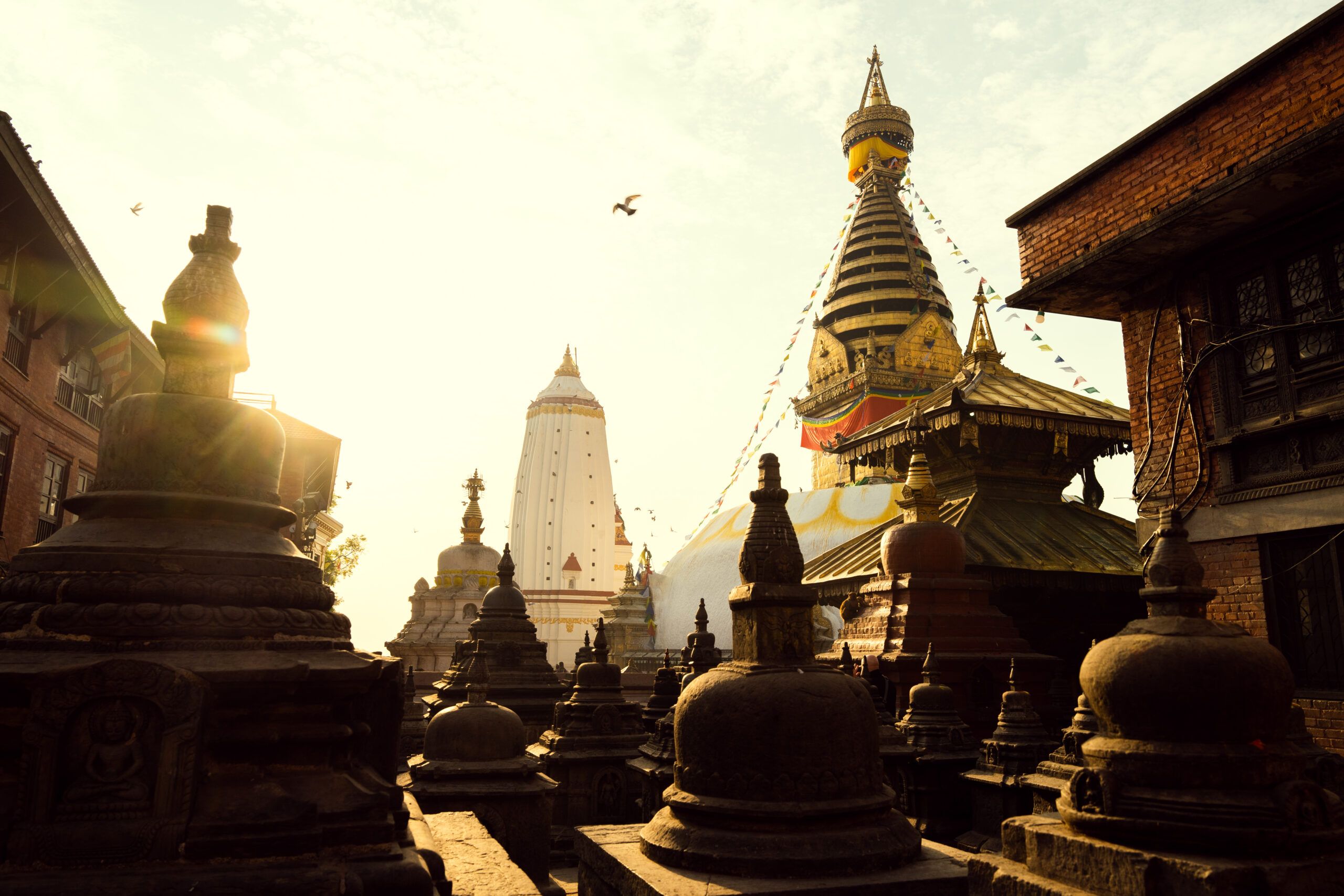
Nepal is a small country, but it holds some of the most fascinating secrets in the world. From its snow-covered peaks to its colorful culture, Nepal surprises visitors at every turn. It is not just known for its mountains; it is full of stories, traditions, and facts that many people don’t know. Whether you are planning a visit or just curious, learning more about Nepal will open your eyes. Many of these facts are unique to Nepal and cannot be found anywhere else. In this blog, we will explore the most amazing facts of Nepal that make this country truly special.
Travelers often visit Nepal for trekking or adventure, but there’s so much more waiting to be discovered. Nepal has a rich history, deep spiritual roots, and a culture that is both diverse and welcoming. It is home to natural wonders, rare traditions, and unique customs that stand out in the world. These facts are not only interesting but also show how unique Nepal is as a nation. Each fact tells a story about the people, the land, and the lifestyle. Knowing these amazing facts of Nepal will help you see the country in a new and deeper way.
Top 10 Amazing Facts of Nepal
We’ve picked ten amazing facts that will surprise you and maybe even inspire your next adventure. The facts are shared in a way that’s easy to understand and remember. You don’t need to be a history expert or traveler to enjoy this list. Each fact shows why Nepal is different from the rest of the world. Let’s dive into the facts of Nepal and discover what makes this country so special.
1. Nepal is Home to Mount Everest
Mount Everest is the highest mountain in the world, and it proudly stands in Nepal. Locally, people call it Sagarmatha, which means “Goddess of the Sky.” This mighty peak reaches a height of 8,848.86 meters above sea level. Every year, thousands of trekkers and climbers from all over the world come to Nepal to see it. For many, just reaching the base camp is a dream come true. The journey itself is filled with beauty, challenge, and a deep sense of achievement.
Everest is more than just a tourist attraction—it is a symbol of strength for the Nepali people. The mountain teaches lessons about patience, courage, and respect for nature. Nearby villages, especially those of the Sherpa community, have grown around this mountain life. The Sherpas are known for their bravery and mountain skills, often guiding climbers safely to the summit. Their stories are inspiring and deeply connected to the mountain’s legacy. Life in the Everest region is shaped by the snow, the altitude, and the spirit of adventure.
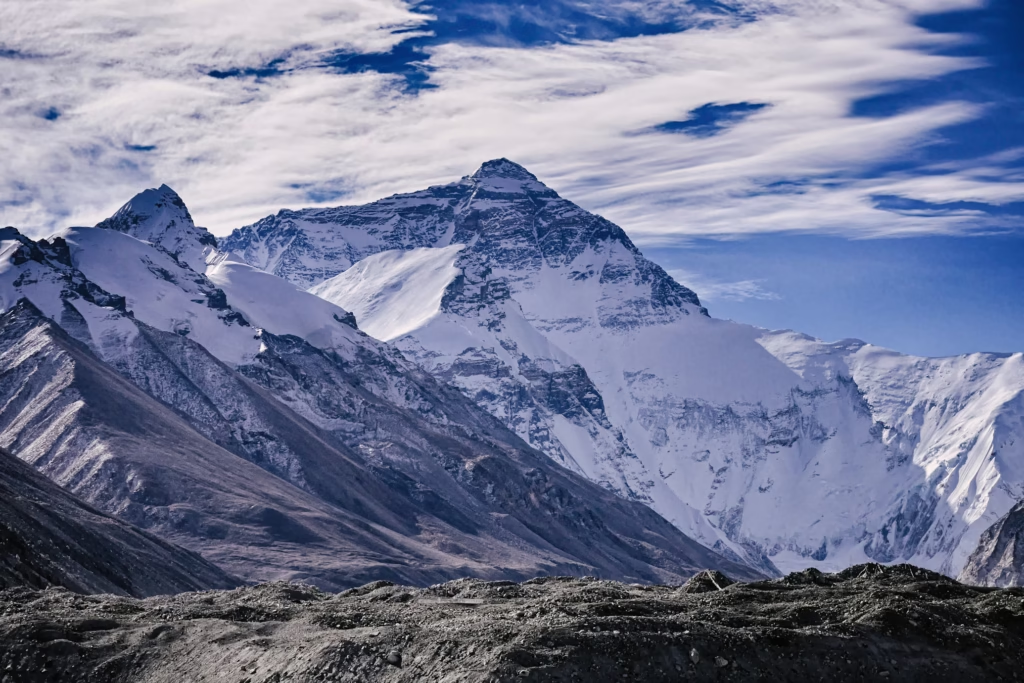
Having Mount Everest in Nepal gives the country a very special place in the world. No other nation can claim this natural wonder as their own. It brings pride, recognition, and economic support through tourism. The mountain stands tall, not only in height but also in meaning. It connects people from different parts of the world through a shared dream. That’s why Everest is truly one of the most valuable tressure of Nepal.
2. Nepal is the Birthplace of Lord Buddha
Another wonderful fact of Nepal is that Nepal holds a very special place in history as the birthplace of Lord Buddha. He was born in Lumbini, a quiet and peaceful town in the southern part of the country. His birth over 2,600 years ago changed the path of human thought and inspired millions. People from different parts of the world come to Lumbini to walk in his footsteps. They visit the Maya Devi Temple, which marks the exact spot where he was born. The gardens and monuments create a calm and spiritual space for reflection.

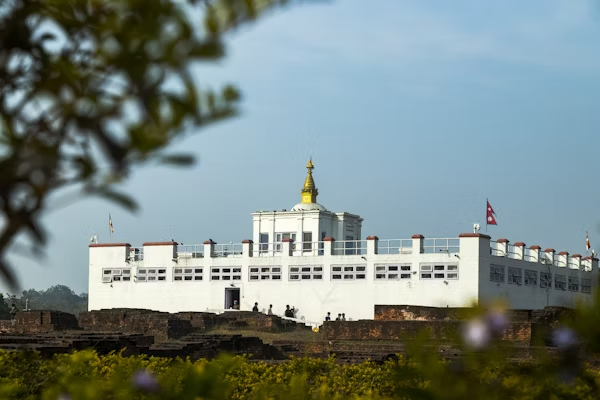
Lumbini doesn’t just attract Buddhists—it welcomes anyone looking for peace and meaning. Countries like Japan, Thailand, and Germany have built beautiful monasteries there. These buildings show how many cultures respect Lord Buddha’s message of non-violence and compassion. Locals in Lumbini live in harmony with visitors and share their stories proudly. You can feel the calm energy as you walk through the sacred zone.
The entire area offers a break from the noise of everyday life. Knowing that Lord Buddha was born in Nepal surprises many people. Most think of Buddhism in connection with places like Tibet or India, but its roots begin in Nepal. This truth adds deep cultural and spiritual value to the country. It makes Nepal more than just a travel destination—it becomes a place of learning and inner peace. Being the birthplace of such an important figure is no small thing.
3. Nepal Was Never Colonized

Nepal proudly remained free while many other countries around it fell under foreign rule. During the British colonial period, the British Empire tried to take over Nepal. The brave Nepali warriors, especially the Gurkhas, fought with unmatched courage. Their strong resistance forced the British to sign a peace treaty instead of gaining control. This event helped Nepal keep its culture, language, and traditions untouched. The country continued to govern itself and protect its identity.
The Gurkhas gained worldwide respect for their strength and loyalty. Even the British admired them and offered them roles in their army. Today, many Gurkhas still serve in the British and Indian armies with great honor. Their bravery continues to represent Nepal on the global stage. People from other countries often find this story of independence inspiring. Nepal’s freedom shows how a small nation can stand tall with pride and power.
Being one of the few never-colonized nations gives Nepal a unique place in history. The country avoided the loss of tradition that colonization often causes. Nepali people preserved their festivals, beliefs, and way of life. Tourists notice this purity in culture when they visit the country. This history adds deep meaning to the nation’s pride and character. That’s why this fact remains one of the most powerful and amazing facts of Nepal.
4. The Only National Flag That Isn’t Rectangular
Nepal’s flag stands out because it’s the only national flag in the world that isn’t rectangular. The flag consists of two stacked triangles, symbolizing the Himalayas and the two major religions—Hinduism and Buddhism. The upper triangle represents the Himalayas, while the lower triangle symbolizes the country’s connection to the spiritual world. The deep crimson red of the flag represents bravery and the blue border stands for peace. This unique shape and design make Nepal’s flag instantly recognizable. It reflects the nation’s distinct identity and history.
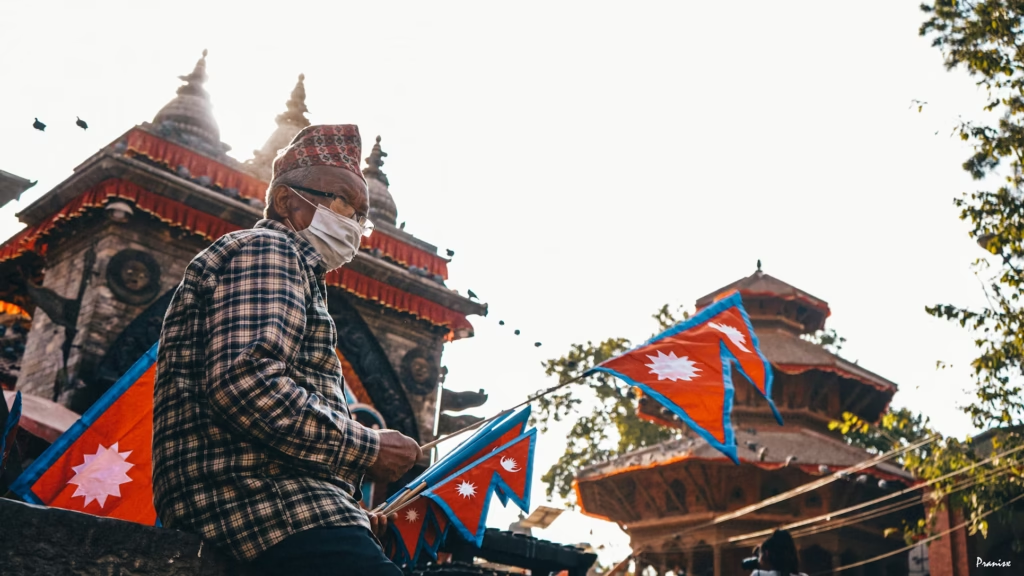
The flag also carries celestial symbols, with a sun and moon depicted within the design. The sun represents the enduring strength and vitality of the Nepali people, while the moon represents coolness and calmness. Together, they symbolize Nepal’s enduring spirit and hope for a bright future. The flag’s colors and design hold deep meaning for the people of Nepal, linking them to both the natural world and their spiritual roots. This unique flag is a source of great pride for the country. It’s not just a symbol of Nepal—it’s a reflection of the country’s soul.
When visitors see Nepal’s flag, they often remark on how different and meaningful it is. No other country in the world has a flag quite like it. This makes it stand out in the global community, showing the world that Nepal is special and proud of its heritage. It’s a perfect representation of the nation’s creativity, strength, and individuality. This is why Nepal’s flag remains one of the most amazing facts of Nepal. It’s more than just fabric—it’s a symbol of the heart of the country.
5. Incredible Ethnic and Linguistic Diversity
Nepal is one of the most ethnically and linguistically diverse countries in the world. The country is home to over 125 ethnic groups, each with its own unique traditions, customs, and language. From the mountains to the plains, each community adds a different flavor to Nepal’s cultural tapestry. The major groups include the Sherpas, Tharus, Tamangs, and Newars, to name just a few. This rich diversity is a significant part of what makes Nepal so fascinating. The various cultures coexist harmoniously, celebrating their differences through festivals, foods, and languages.
Nepal is also a multilingual country, with more than 120 languages spoken throughout the nation. Nepali is the official language, but many people speak regional dialects and languages, like Maithili, Bhojpuri, and Newari. The multilingual nature of Nepal brings together different communities and helps preserve each group’s heritage.
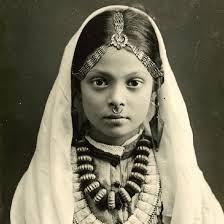

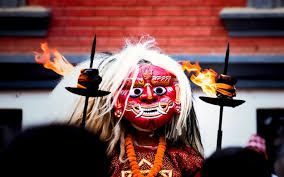
This ethnic and linguistic diversity creates a dynamic and vibrant society. Nepal celebrates this diversity through festivals like Indigenous Nationalities Day, where different ethnic groups showcase their traditional music, dances, and costumes. The beauty of this diversity is evident in Nepali life, where neighbors of different backgrounds live side by side, respecting each other’s beliefs and practices. Whether you’re exploring the streets of Kathmandu or trekking through rural villages, you’ll find that Nepal’s people embrace their rich heritage. This diversity is a major part of what makes Nepal one of the most interesting characteristics of Nepal. It’s a testament to the strength that comes from unity in diversity.
6. Nepal Has the World’s Deepest Gorge
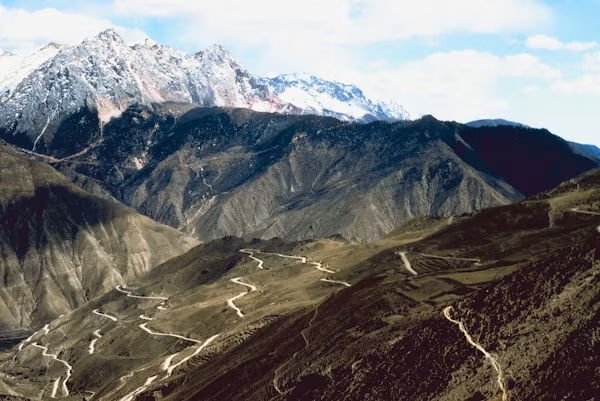
Nepal is home to the world’s deepest gorge, the Kali Gandaki Gorge, which lies between the Dhaulagiri and Annapurna mountain ranges. This breathtaking gorge stretches 5,571 meters deep, making it a unique natural wonder. The Kali Gandaki River flows at the bottom, carving its way through the land over millions of years. Visitors often marvel at the sheer cliffs and deep valley, which feel both awe-inspiring and humbling. The gorge is not just beautiful; it’s also a place for adventure. Trekking around the area provides an up-close view of its majestic scenery.
The Kali Gandaki Gorge is more than just a geographical feature—it holds cultural and spiritual significance for the local communities. The area around the gorge is rich in ancient myths and legends, making it a sacred site. Pilgrims often visit the gorge, believing that it holds powerful spiritual energy. For trekkers, it offers an unforgettable experience of walking through a narrow and deep canyon while taking in panoramic views of the surrounding mountains. The gorge also provides a habitat for many unique species of plants and animals, which makes it a key spot for biodiversity. Its untouched beauty adds to the wonder of this part of Nepal, making it amazing fact of the country.
This deep gorge is another incredible natural feature that sets Nepal apart from other countries. Whether you are an adventurer, nature lover, or history enthusiast, the Kali Gandaki Gorge offers something for everyone. It stands as a testament to Nepal’s awe-inspiring landscapes and the mysteries of the earth’s formation. This fact highlights how Nepal’s diverse geography continues to amaze people from all over the world. That’s why the Kali Gandaki Gorge is one of the most—a true hidden gem and amazing fact Nepal.
7. Nepal Has over 1,500 Temples
Nepal is a country with deep spiritual roots, and it proudly holds over 1,500 temples scattered across the nation. These temples are not just places of worship; they are part of the country’s rich cultural heritage. The most famous of these temples is the Pashupatinath Temple in Kathmandu, dedicated to Lord Shiva. People from all over the world visit Nepal to experience these ancient temples, where they can witness stunning architecture and learn about local spiritual practices. Whether nestled in the heart of Kathmandu or tucked away in rural villages, each temple has a unique story to tell. The temples serve as symbols of Nepal’s devotion to religion and culture.
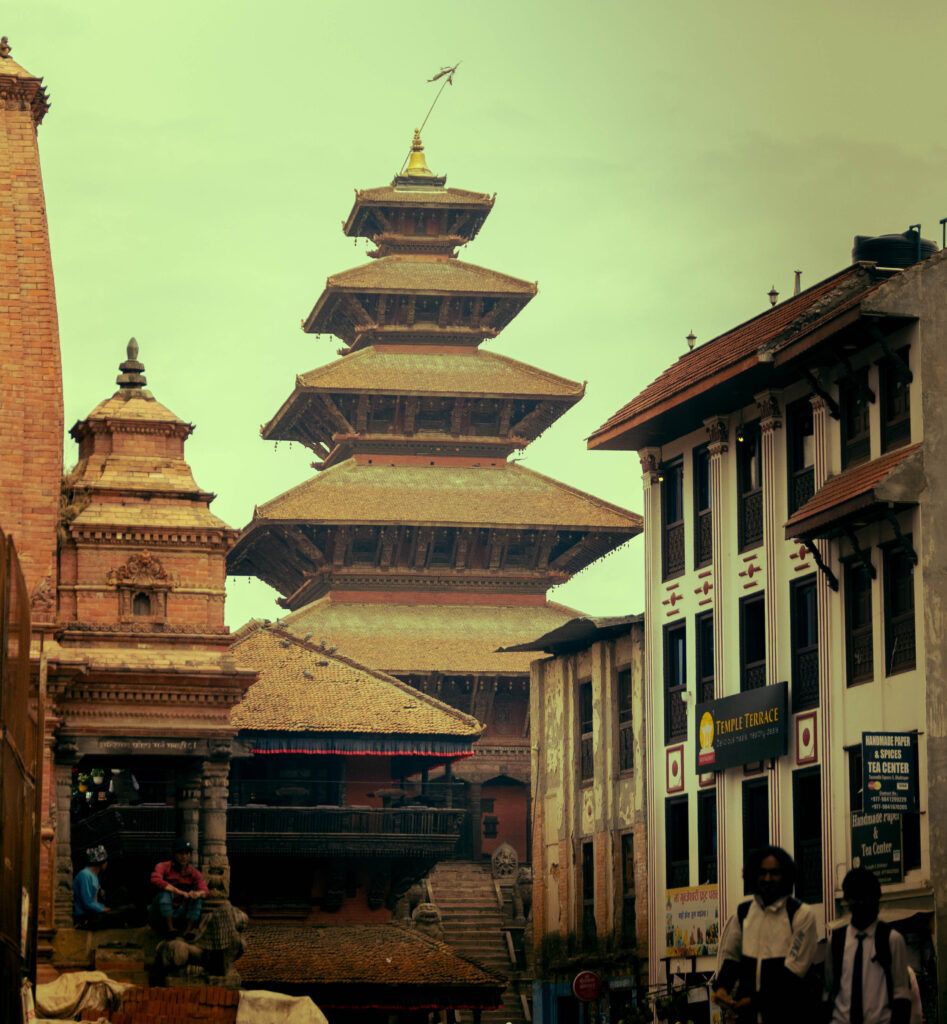

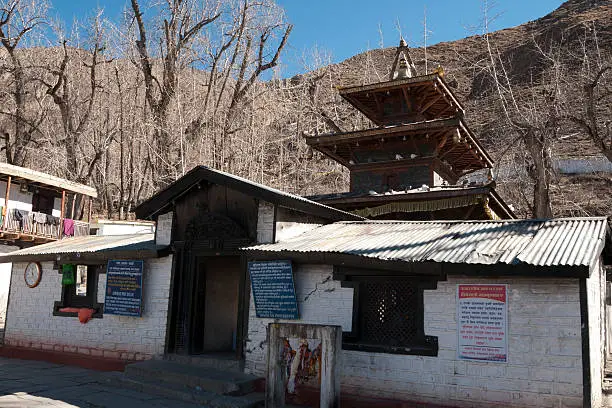
In addition to Hindu temples, Nepal is home to many Buddhist stupas, monasteries, and shrines. The Swayambhunath Stupa, also known as the Monkey Temple, is another iconic spiritual site that attracts countless visitors. People come here to reflect, meditate, and experience the peaceful environment. Both Hinduism and Buddhism have shaped Nepal’s religious landscape for centuries. The country’s temples are a mix of intricate designs, ancient rituals, and vibrant festivals. They are places where spirituality and history blend together, making Nepal an exciting destination for anyone interested in culture and religion, which is amazing and interesting facts of Nepal.
8.Nepal’s Tallest Lord Shiva Statue
Nepal is home to the world’s tallest statue of Lord Shiva, which stands at a height of 143 feet. This grand statue is located in the town of Sanga, about 20 kilometers east of Kathmandu. It was completed in 2013 and has since become a major attraction for both locals and tourists. The statue depicts Lord Shiva in a meditative posture, with a serene and powerful expression on his face. Its size and grandeur are truly breathtaking, as it dominates the landscape and can be seen from miles away. Visitors often come to admire not just its height but also the detailed craftsmanship that went into creating such a masterpiece.
The statue is a symbol of Nepal’s deep connection to Hinduism, particularly to Lord Shiva, who is one of the country’s most revered deities. The location of the statue also offers stunning views of the surrounding hills and valleys, making it a perfect spot for sightseeing. Pilgrims often visit the statue to seek blessings and meditate in its peaceful presence. The area around the statue is being developed into a pilgrimage site, with plans for temples, gardens, and other attractions. This makes the place not only a religious destination but also a serene getaway from the busy city life.
People find a sense of peace and spirituality in this sacred space. The Lord Shiva statue is one of the most impressive landmarks in Nepal. It stands as a testament to the country’s devotion to its spiritual beliefs and rich cultural heritage. The fact that Nepal houses the world’s tallest statue of a deity adds to its mystique and draws visitors from all around the world.
9. Nepal Has a Living Goddess, the Kumari
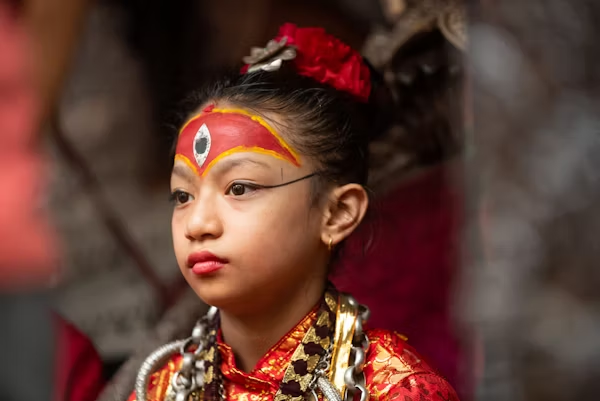
Another amazing facts of Nepal is home to a unique and fascinating tradition: the living goddess, known as the Kumari. The Kumari is a young girl chosen from the Newar community in Kathmandu Valley to embody the goddess Taleju. This girl is believed to hold divine powers and is worshipped by people, particularly during important religious festivals. Once selected, the Kumari lives in a palace and leads a life that revolves around worship and rituals. She is never allowed to leave the palace without being escorted, and she follows a strict daily routine of prayers and public appearances. Her role as a living goddess brings her significant respect and reverence in Nepali society.
The Kumari’s selection is a rigorous process. Candidates must pass a series of tests based on health, physical appearance, and astrological signs. They must also demonstrate fearlessness and calmness in the face of terrifying rituals, such as spending a night in a dark room filled with animals’ heads. The chosen girl must maintain a sense of purity and innocence, as she is considered the human embodiment of the goddess. During her reign, the Kumari receives offerings and participates in important events, but she remains isolated from the outside world. Her divine role continues until she reaches puberty, after which a new Kumari is chosen.
The tradition of the Kumari is one of Nepal’s most fascinating and unique cultural practices. It links the country to ancient religious beliefs and shows the importance of goddess worship in Nepali culture. For tourists, witnessing the Kumari’s public appearances offers a rare glimpse into Nepal’s spiritual life. The living goddess symbolizes the deep devotion of the Nepali people to their faith and their connection to the divine.
10. Nepal Has a Rich Tradition of Festivals
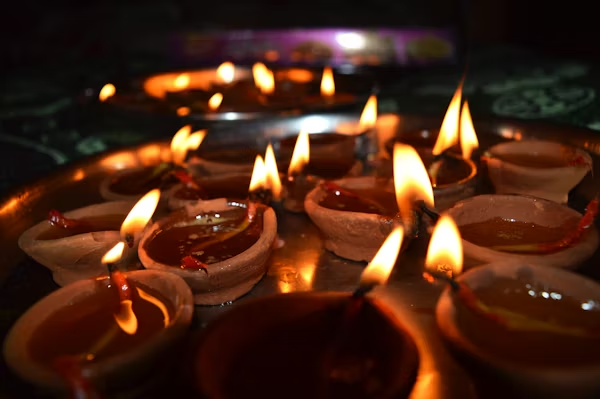
Nepal boasts a vibrant and colorful array of festivals that reflect its rich cultural and religious diversity. The country celebrates numerous festivals throughout the year, each with its own unique customs and rituals. Dashain and Tihar are the most widely celebrated, bringing families together for prayers, feasts, and lively festivities. During Dashain, Nepalis honor the goddess Durga with elaborate ceremonies, while Tihar shines with lights, decorations, and the celebration of animals’ roles in people’s lives. These festivals promote a sense of unity and joy, strengthening bonds between families and communities. The festival season fills Nepal’s streets and villages with energy and excitement.
Festivals in Nepal hold deep spiritual and cultural significance, connecting people to their beliefs. Buddha Jayanti celebrates the birth, enlightenment, and death of Lord Buddha, and people gather to perform rituals in his honor. Holi, the festival of colors, unites people of all religions as they throw colors at one another in joyous celebration. These festivals provide a space for reflection and spiritual renewal. Nepalis use these occasions to honor their ancestors and reinforce their cultural values. The country’s diverse festivals create a dynamic and vibrant cultural landscape.
For travelers, Nepal’s festivals offer an unforgettable experience of its rich traditions. The streets come alive with processions, music, and dancing, filling the air with a sense of celebration and togetherness. Visitors who are lucky enough to witness these festivals can immerse themselves in the energy and warmth of the Nepali people. Whether in Kathmandu’s bustling streets or quiet rural villages, the festivities show the strength of Nepal’s cultural identity.
Conclusion
These were some amazing facts of Nepal. Nepal is a country filled with wonders that captivate travelers from all over the world. From the towering peaks of the Himalayas to its rich cultural diversity, Nepal never fails to amaze. The country offers a unique blend of natural beauty, spirituality, and vibrant traditions that make it a must-visit destination. Whether you’re exploring ancient temples, trekking through the mountains, or witnessing colorful festivals, Nepal has something to offer every kind of traveler. Its amazing facts, from the tallest Lord Shiva statue to the living goddess, highlight the deep spiritual and cultural heritage that defines this incredible nation.
In a world full of extraordinary destinations, Nepal stands out with its unique blend of history, culture, and natural wonders. The country’s diverse landscapes and people create an experience unlike any other, making it a place worth exploring. Whether you’re drawn to the peaceful serenity of its temples or the thrill of its mountain adventures, Nepal promises to leave you with unforgettable memories. These amazing facts of Nepal are just the beginning of what this beautiful country has to offer, making it a truly remarkable place to visit and discover.

